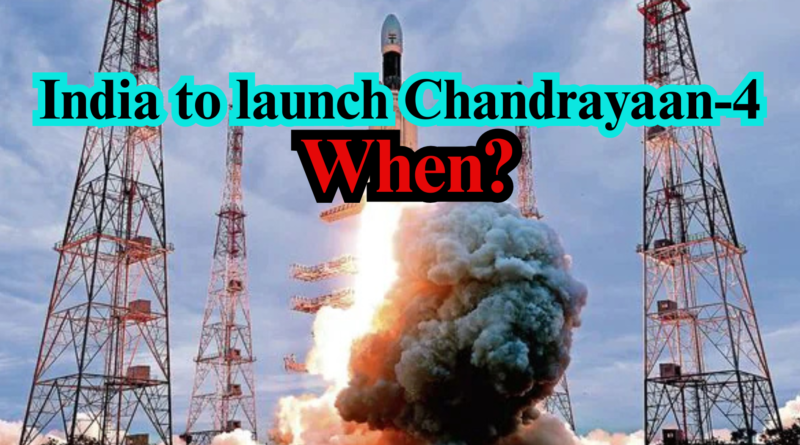India to Launch Chandrayaan-4: Everything We Know So Far
India is gearing up for its next big leap in space exploration with the ambitious Chandrayaan-4 mission. After the grand success of Chandrayaan-3, which made India the first country to land near the Moon’s south pole, the Indian Space Research Organisation (ISRO) is now focused on achieving an even more complex goal bringing lunar samples back to Earth. This makes Chandrayaan-4 a historic mission, as it will be India’s first lunar sample return mission and one of the most technologically advanced missions ISRO has ever undertaken.
According to early reports and statements from ISRO officials, Chandrayaan-4 will consist of multiple modules, including an orbiter, a lander, an ascender, and a return module. These components will work in a coordinated manner to collect samples from the Moon’s surface and bring them back safely to Earth. Unlike previous missions, Chandrayaan-4 will not aim only to land and explore but will perform a complex operation of transferring lunar materials from the Moon to Earth.
The mission is expected to launch no earlier than 2028, giving ISRO time to build and test the advanced systems required for this sophisticated space journey. Engineers are already working on designing re-entry technology, a sample collection mechanism, and autonomous docking technologies ISRO has not used before. The success of Chandrayaan-4 would make India the fourth country to bring back samples from the Moon, after the USA, Russia, and China.
One of the most remarkable aspects of Chandrayaan-4 is its dual launch vehicle strategy. ISRO is considering launching the lander and the return module on separate rockets to increase efficiency and reduce payload weight per launch. The modules will then rendezvous in lunar orbit, where the collected samples will be transferred to the return module. This will be the first time ISRO attempts an in-space docking of two separate spacecrafts, a technique typically seen in advanced space programs.
Chandrayaan-4 will not only aim to bring lunar soil and rock samples but will also study the Moon’s geological history, especially in regions unexplored by earlier missions. These samples could provide crucial insights into the Moon’s formation, the presence of water ice, and possibly hints about the early solar system. Indian scientists, along with international collaborators, are expected to play a major role in analyzing the retrieved data.
ISRO Chairman S. Somanath has confirmed that the mission is in the planning and design phase, with several international space agencies showing interest in collaboration. Discussions are ongoing with the Japanese space agency (JAXA) and European Space Agency (ESA) to contribute technology, instruments, or even share launch responsibilities. Such partnerships could enhance Chandrayaan-4’s capabilities and reduce financial and technical pressure on ISRO.
Public interest in Chandrayaan-4 is already growing, especially after Chandrayaan-3’s global recognition. Schools, universities, and research institutions in India are expected to take part in outreach programs connected to the mission. ISRO plans to make this mission not only a technological milestone but also a way to inspire young minds toward science, engineering, and space exploration.
In summary, Chandrayaan-4 is shaping up to be a pioneering mission that will test India’s advanced space capabilities. If successful, it will firmly establish India as a leader in lunar research and exploration. While the mission’s full timeline is still unfolding, one thing is clear India’s space journey is reaching new heights, and Chandrayaan-4 could be a giant leap not just for ISRO, but for global space science.




